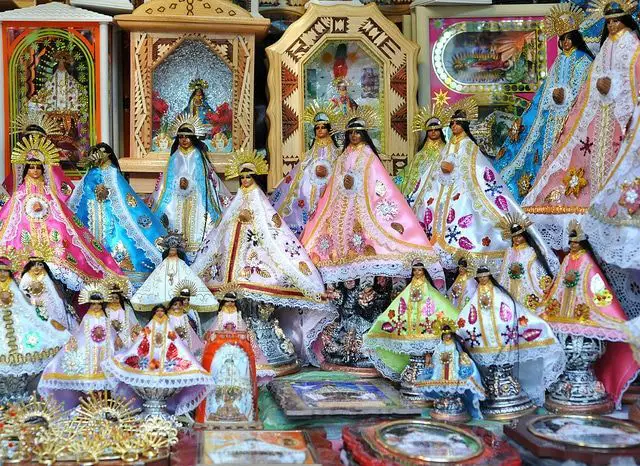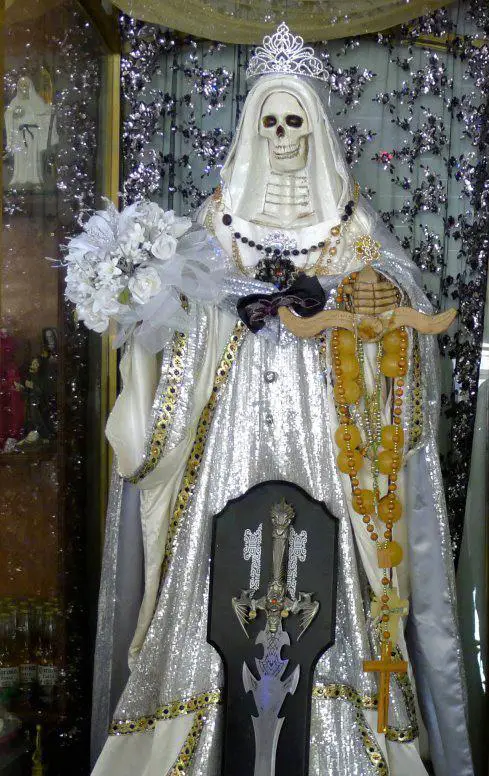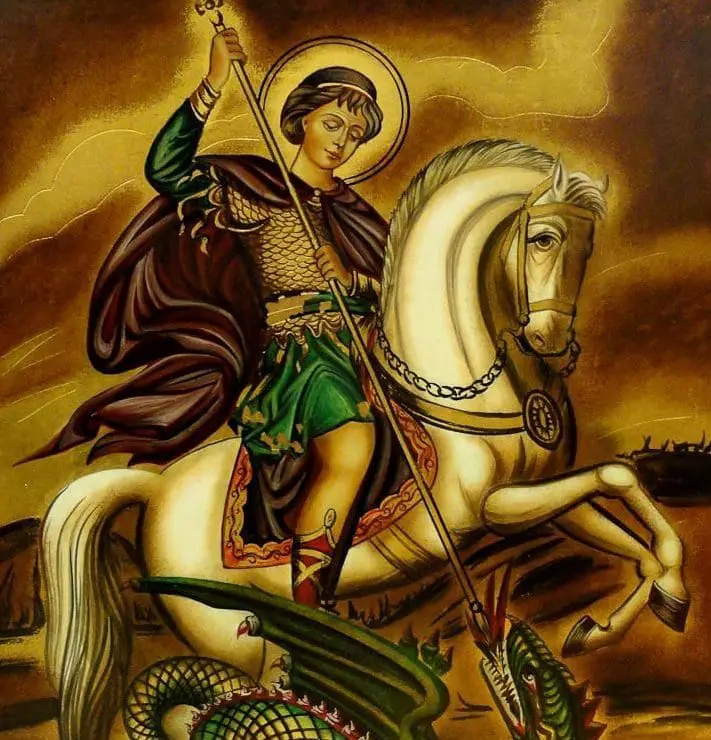Christian art can be found in different forms, in painting, sculpture, architecture, and is divided into different periods, each of which has certain characteristics, discover them here (see article: Esoteric Christianity).

Characteristics of Christian art
Christian art is mainly based on the creation of images and works of art whose central theme is religious, biblical passages, Catholic images, murals, stained glass, have specific characteristics, in the images are taken into account and emphasis is placed on facial features and warm and cold colours, in the clothing of the images are detailed specific colours, such as the blue of the Virgin’s mantle or the red of Christ’s tunic, the gestures of the hands are detailed, whether they are praying, blessing, offering, pointing, caressing.
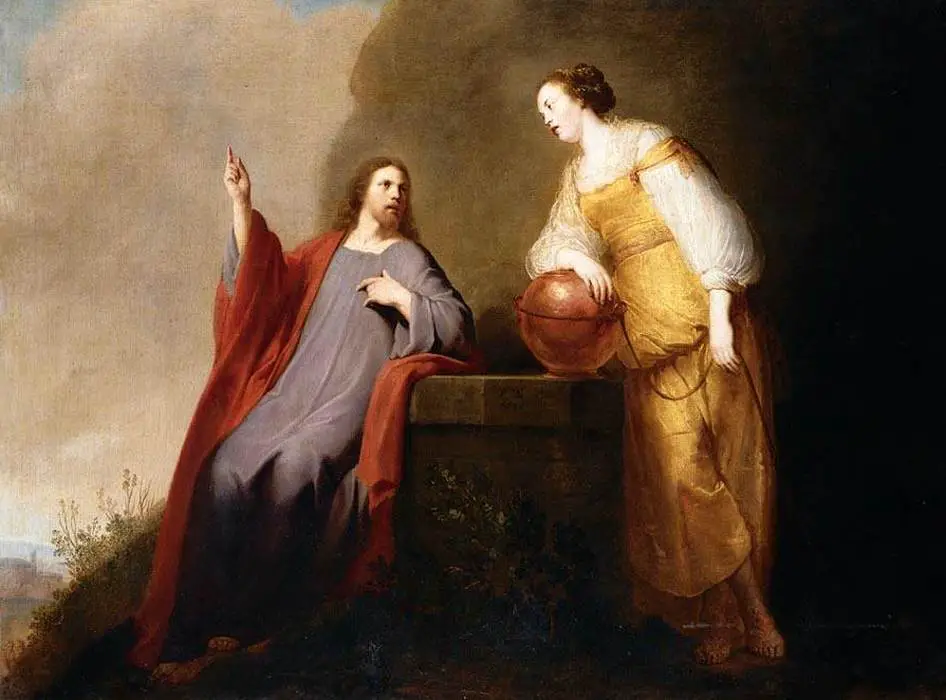
Christian figures are characterised by a completely flat figuration, with a predominance of linearity, where the outline of the drawing defines the forms and the interior contains colour, which is used to emphasise the ideological meaning of the image (see article: Islam and women).
In religious temples you can appreciate a mixture of all kinds of paintings and sculptures, distributed in all areas of the temple in the main altar, the side chapels, on the walls are visible frescoes.
Types
Within Christian art we can find different types of art such as Paleo-Christian art, which corresponds to around 70 AD, Medieval art, Pre-Romanesque art, Romanesque art, Cistercian art, Gothic art, Modern art, Renaissance art, Baroque art, Contemporary art, Neoclassicism and Historicism, Pre-Romanticism and Romanticism, Muslim art, Byzantine art.
Art and Christianity
Through the union of art and Christianity, the Church seeks to transmit the Gospel through various means, including architecture and the plastic arts, building temples in which images, sculptures and frescoes are placed so that the faithful can gather to pray and listen to the word of the Lord, and in a didactic way to achieve that people learn the Catholic faith.
Another means used is music, which attempts to convey, through a specific musical tonality, different religious feelings depending on the religious service being performed, such as pain, joy, admiration, adoration, glory, etc. (see article: Christian values).
In the 7th and 8th centuries, Christians refused to worship divine images and the sacred, due to the influence of Judaism and Islam, but Catholicism claimed a new meaning from the mystery of the Incarnation, where Christ, God made man, is the superior image and the beginning of a culture in which even the most sensitive forms can be open to transcendence.
The Church has used various symbols and images to transmit its doctrines of faith and Christian morality, some of which are listed below:
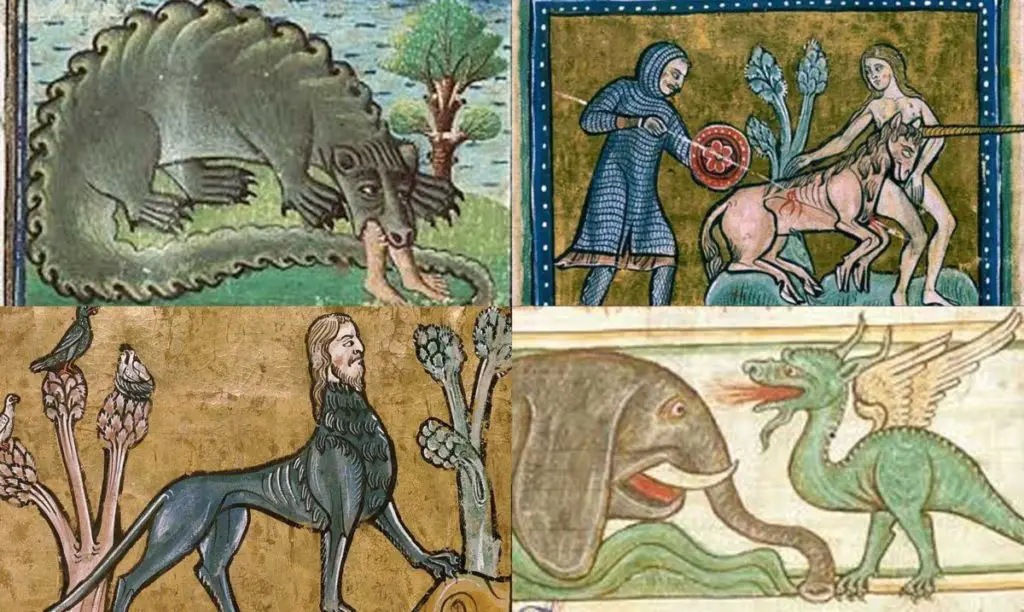
- Bestiaries: through images of plants or animals, such as a snake, lamb, lion, etc., they represented different feelings or identified divine beings, for example, good, Christ was represented by a lamb or a pelican, or the evangelists by the group angel-lion-eagle, evil, such as cunning and envy, was represented by the snake, etc.
- Early Christian symbols: Often with images of pagan origin, but of great acceptance among Christians: the teacher, the good shepherd, the boat of the church, etc. These became known with the primitive Church and show the name of Christ (Chrismon), they also represent him through a fish, ears of corn or loaves of bread.
- Marian icons: These correspond to images of the evangelical order, where the Virgin Mary has a special place in Christian art. She is depicted sitting with the child, symbol of divine motherhood, adolescent on the moon, queen of all creation, crowned, her Assumption, sleeping, immaculate.
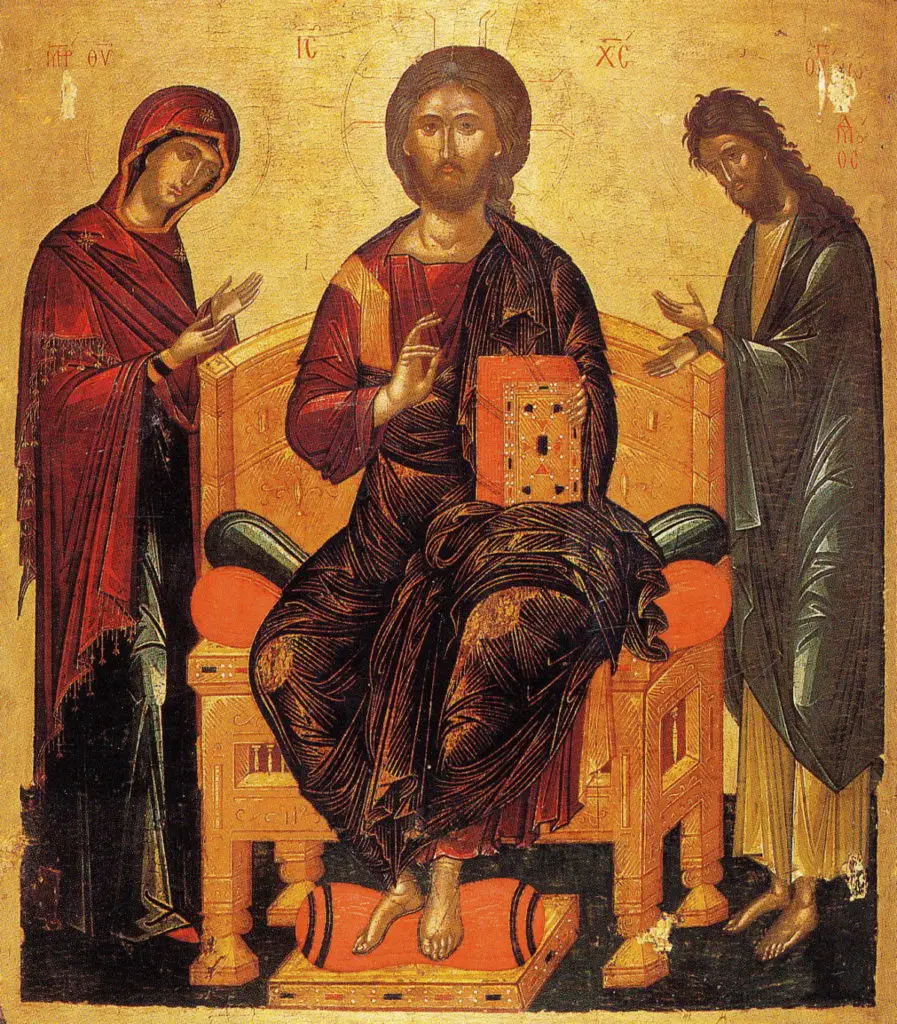
- Images of the divine: they are usually interpreted in many ways and are manifested in a collection of writings on faith in which the Father (eye, hand), the Holy Spirit (dove, flame) and the Holy Trinity (triangle, pyramid, anthropomorphic trio) are represented symbolically.
- Old Testament images: used mainly as symbols or prophecies of a mystery of faith, Adam, Eve and the serpent, sin; the ascension of Elijah, eternal life; Jonah and the whale are images of the resurrection; the sacrifice of Isaac, faith, etc.
- New Testament series: used through images of the life of Jesus Christ. It is divided into three cycles: infancy and the life of Mary, public life and scenes from the Passion, Death and Resurrection).
Paleo-Christian and Byzantine
Its origins lie in Syria and Egypt, in the Hellenistic East. This style of art developed from the appearance of Christianity, during the first five centuries of our era, during the Roman invasion until the invasion of the barbarian peoples, but in the East it has continued despite the fall of the Empire and is known as Byzantine art (see article: Origin of Islam).
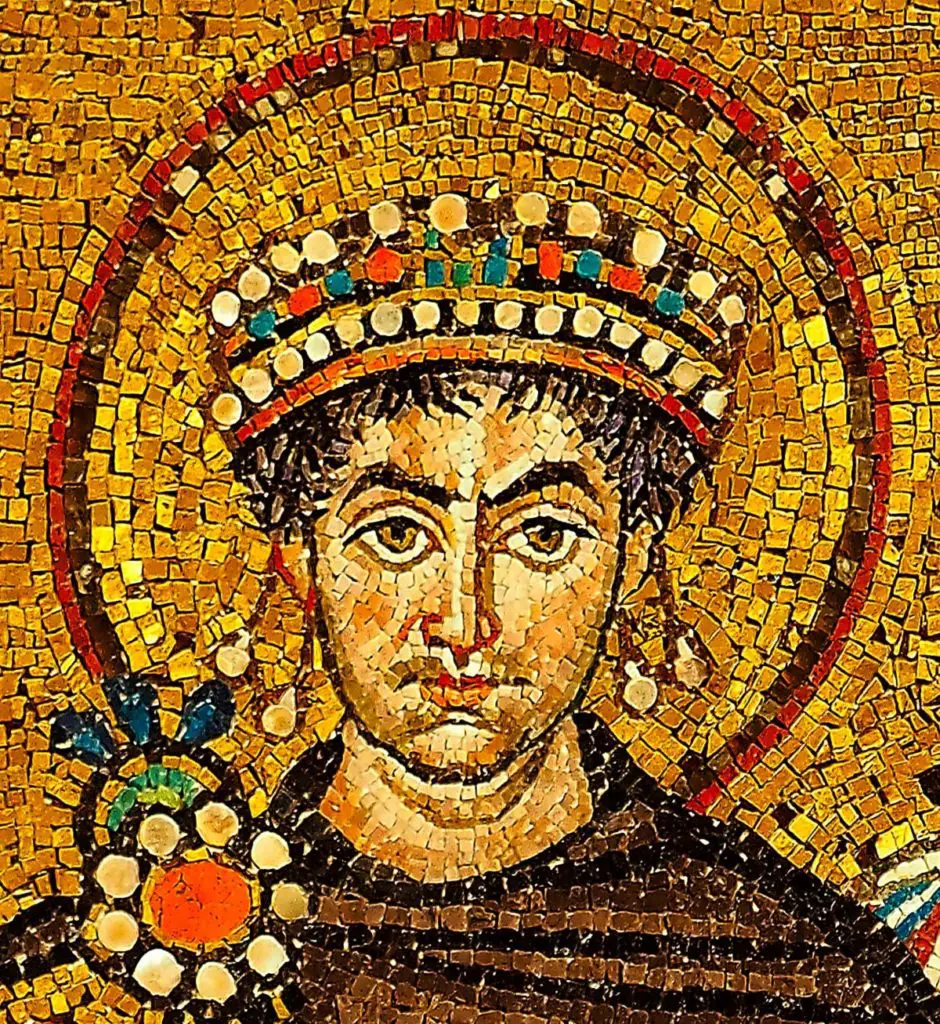
In the West, and more specifically in Rome, the first artistic manifestations of the Paleo-Christians took place, under the great influence of Roman art, both in the figurative arts and in architecture.
The basilicas stand out among early Christian art. Their structure consisted of a portico or vestibule, an atrium, a fountain, an apse, a baldachin, an altar, a choir and a tribune. Inside the pagan temples there was only the altar of the god, since the rites and processions took place in the open air. The catacombs were underground cemeteries made up of porches, galleries, niches, arcosoliums, burial chambers, crypts, baptismal fonts and basilicas.
Painting was represented by murals, mosaics and miniatures with Christian themes in the form of symbols. The naves of the churches were decorated with paving mosaics, some of which were laid as carpets; this practice was later abandoned in order to avoid having to step on the images.
In the Byzantine Empire, the naturalism established earlier in Hellenistic art was replaced by a more abstract aesthetic. This showed that its main aim was to convey religious meaning rather than to accurately represent objects and people. It introduced geometric simplification of forms, inverted perspective and the use of standardised conventions to depict people and events, leaving realistic perspective, proportion, light and colour without effect.
Indo-Christian
Indo-Christian art is the art made by the hands of indigenous people, guided and directed by monks. This union resulted in the construction of hundreds of small temples and more than 300 monasteries, in which the indigenous people were responsible for various tasks such as cutting and transporting stone, water and wood, preparing lime, making bricks and even feeding the workers. They were also responsible for decorating the façades of the churches and the Franciscan, Augustinian and Dominican convents of New Spain.
Medieval
Medieval art covers the period from the 10th to the 15th century, a period of about a thousand years in Europe, the Middle East and North Africa (see article: Christian Costume).
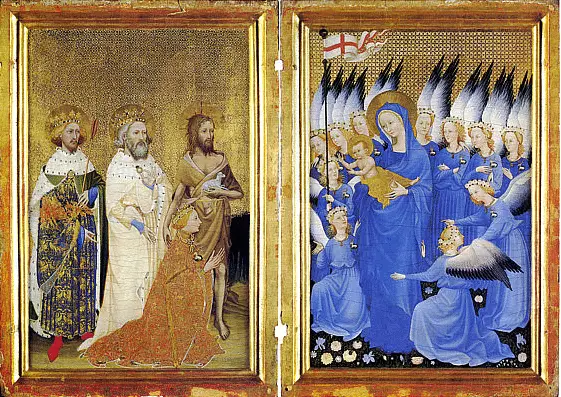
Medieval art manifested itself in various forms through different artistic disciplines, techniques and genres, including goldsmithing, sculpture, architecture, illustrated manuscripts (calligraphy and miniatures), panel painting, frescoes, mosaics and the production of medieval clothing.
Medieval art is divided by historians into periods and movements such as pre-Romanesque art, Romanesque art, early Christian art, Gothic art (in Western Europe, Latin Christendom), Islamic art (in the Islamic world), There are also other distinct local styles such as Andalusian art, Asturian art, Visigothic art, Carolingian art or Viking art, Anglo-Saxon art, as well as highly syncretic styles such as Mozarabic art or Mudejar art, Hiberno-Saxon art, Arab-Norman art.
Painting
Christian painting flourished during the Roman Empire, although its subject matter and characteristics can be considered the beginning of medieval painting, and it went on to make new advances that gave rise to other artistic movements such as the Renaissance and other cultural movements:
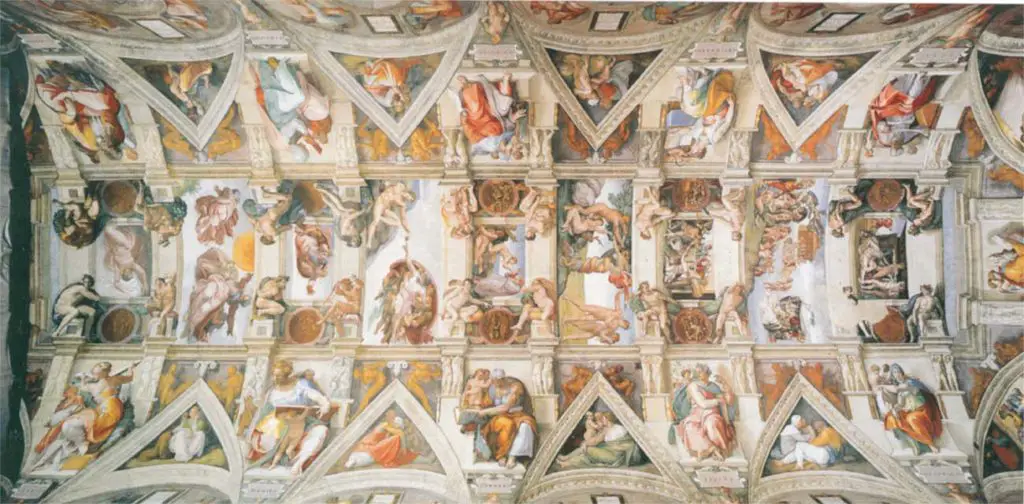
- The Sistine Chapel was painted on the ceiling of the Sistine Chapel by Michelangelo between 1508 and 1512.
- The Last Supper was painted by Leonardo da Vinci and is considered one of his masterpieces, completed in 1498, depicting Jesus’ Last Supper with his disciples.
- The Virgin and Child was painted by Raphael between 1502 and 1504 and has been in the Hermitage Museum in St Petersburg, Russia, since 1871.
- The Crucifixion of Christ remains one of the most popular images, painted by various artists over the centuries, each with their own interpretation. Salvador Dalí, considered a surrealist artist, painted Gauguin’s Yellow Christ, a very important and striking symbolist work.
The architecture
Developed between the end of the 3rd century and the 6th century, it originated in Syria and Egypt and spread rapidly westwards as a result of the need to construct buildings for the Christian religion (see article: Christianity in North Korea).
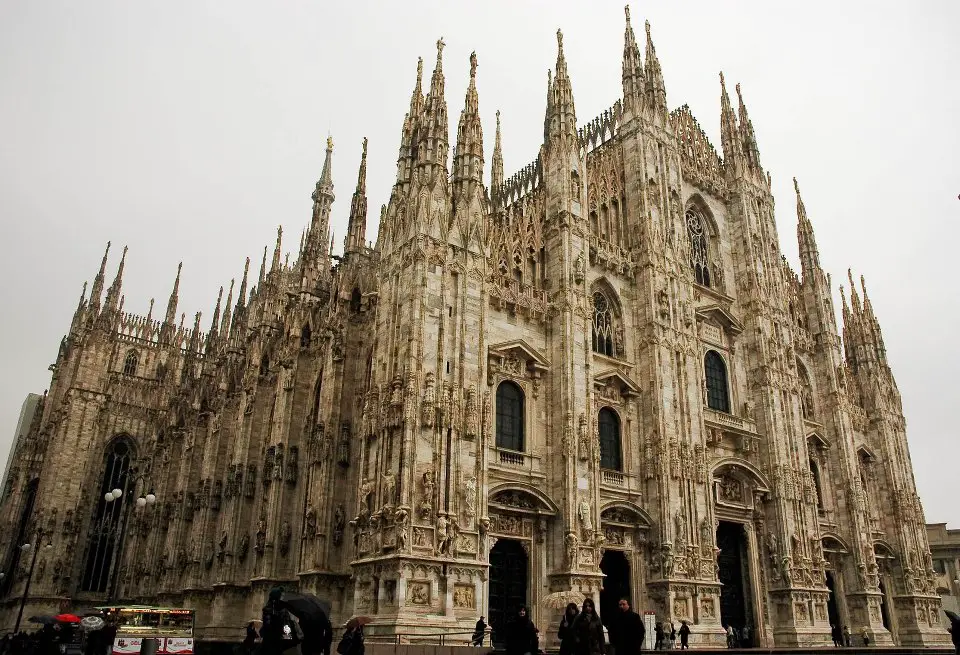
It was in Rome that the centre of Christianity was established and where the first demonstrations of architectural constructions such as cemeteries or catacombs were made, which had to be done in secret due to the persecution of the Christian religion, many of which were excavated in the gardens of the houses of Christian patricians, such as those of Domitilla and Priscilla, in Rome.
With the passage of time and the increase in population, these cemeteries became insufficient and new ones had to be built on the outskirts of the city, thus creating the public cemeteries, where successive levels were excavated, which we know today as catacombs. Religious services had to be held in private homes, some of whose rooms were adapted for this purpose.
Sculpture
Christian sculpture had a strong influence on Roman sculpture, which in turn was influenced by Ancient Greece and became known throughout the world. It was a medium of art that symbolised religious objects through different forms and materials such as wood, clay, stone and bronze.
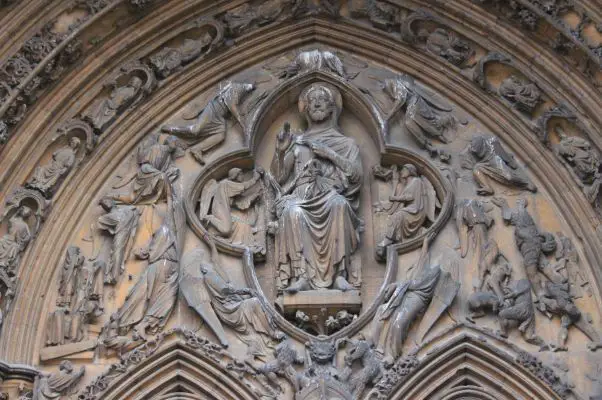
The legacy of Christian sculpture is reflected in the great basilicas and cathedrals, whose interiors are decorated with important reliefs, marble slabs in which the background is deeply carved so that the figures appear almost three-dimensional, depicting scenes from Christianity, from the Bible (see article: Christian Commandments).
The Romans and the Greeks studied the ideal proportions of the human body according to a geometrical formula called the Golden Mean, and were able to capture the beauty of the sculptures of Christ, the Saints, the Apostles and the Virgin Mary, which are still used today.
In Catholic temples we find a great variety of sculptures, either on the high altar, in the various chapels or in the side rooms, such as the pulpit or the baptismal font. The windows are perfectly made and the stained glass windows of great beauty stand out. On the roofs we can see the gargoyles that are characteristic of these temples.
Among the most important representatives of Christian sculpture we can mention Michelangelo Buonarroti, Leonardo da Vinci, Donatello, Niccolò dell’Arca (see article: Who is God).
In the Renaissance
In the 15th century, Italian artists embarked on an ambitious aesthetic and intellectual project to replace medieval theocentrism with a humanist anthropocentrism. Artistic representations were based on the surviving texts, buildings and sculptures of classical Greco-Roman culture, on study and on mimesis, the imitation of nature through reason. Themes from pagan mythology were added to the already widespread religious themes.
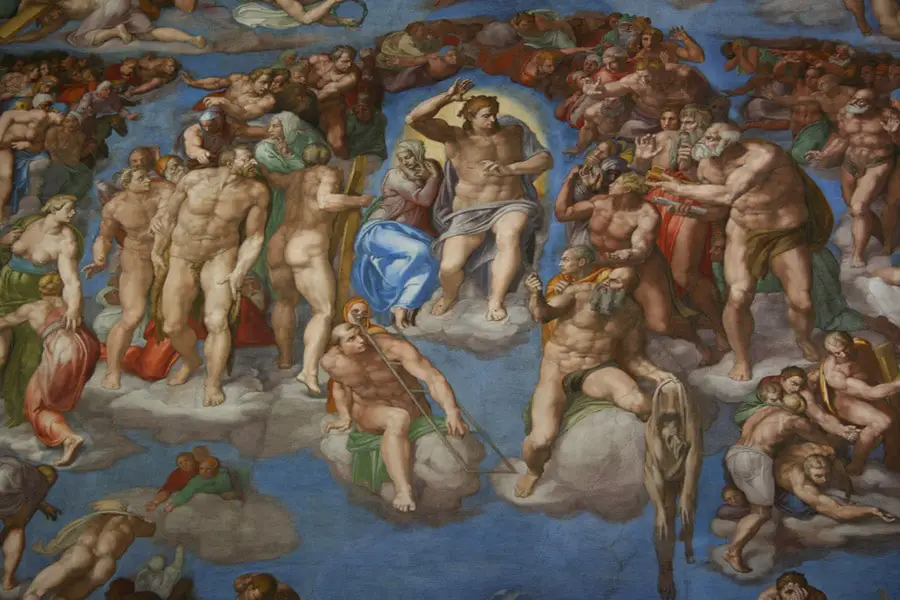
In the last period of the Renaissance, through the artistic style known as Mannerism, images are distorted and exaggerated to achieve different effects, such as spirituality, among others. In the Spanish Lower Renaissance, the dominant artistic style is called “Herreriano” or “Escurialense”.
Christian religious art
Sacred art is the name given to all works of art created for the worship of the sacred or divine. The aim of this art is to illustrate every divine passage and aspect through paintings, mosaics and sculptures. The most common representations in Christianity are the Crucifixion, the Baptism, the Death and Resurrection of Jesus Christ, the Last Judgement, as well as images of the Bible or the Virgin Mary.
Contemporary
Contemporary art is the name that, in a general way, identifies all the artistic expressions that were created during the 20th century. Some of the expressions that can be found in contemporary art include Fauvism, Expressionism, Cubism, Futurism or Dynamic Cubism, Non-Figurative or Abstract Art, Neoplasticism, Dadaism, Surrealism, Second Avant-garde, Conceptual Art and Abstract Expressionism.
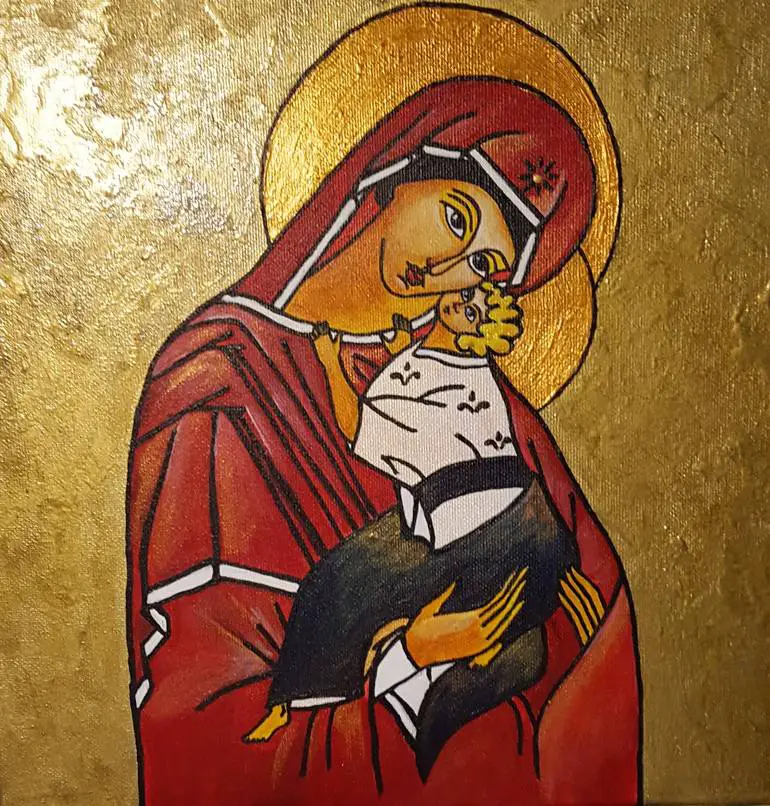
Modern
Modern art is an aesthetic rather than chronological movement that originated in Europe and spread to the United States at the end of the 9th century as a result of the Industrial Revolution (see article: Baptist Christianity).
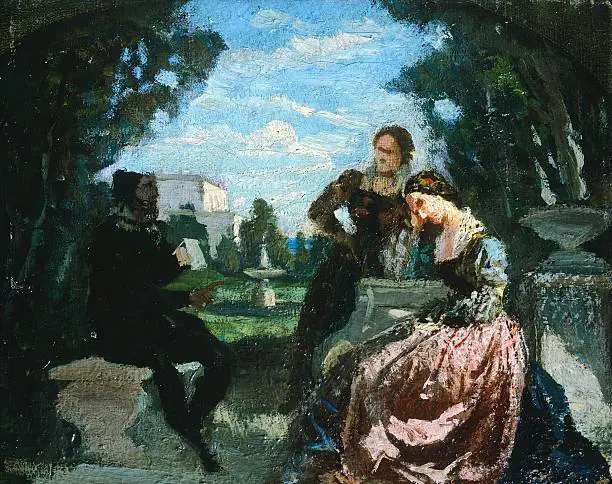
Modern art is characterised by constant innovation, as it constantly ventures into new themes, materials, techniques and processes, the development of the art trade, the emergence and development of art galleries and the figure of the art dealer (a person who trades in works of art), the performance of artists is modified as the intellectual bourgeoisie replaces religious and political ideas as its main client.
A new concept of art emerged in which the true limits of art and its functions were questioned, and so the concept of art was broadened, and its main function was no longer just to convey a religious and political message as its main objective, but to create new works whose value resided in themselves.
Plastic artists gradually abandoned the imitation of nature and figurative representation, motivated by the advent of photography. Artistic intention gave way to deliberate deformation, not for lack of technique, but because of the artists’ aesthetic introspection, which gave rise to new artistic and avant-garde movements.
The Baroque
Baroque art is one of the main artistic movements of the modern age, from the 15th to the 18th centuries, and includes painting, sculpture and architecture. Its themes expressed all the religious conflicts of the period. Monarchs and emperors across Europe were keen to see the Catholic Church flourish and triumph, so the royal courts of France and Spain commissioned countless works of art, such as paintings and sculptures, to reinforce the success of their Catholic campaign.
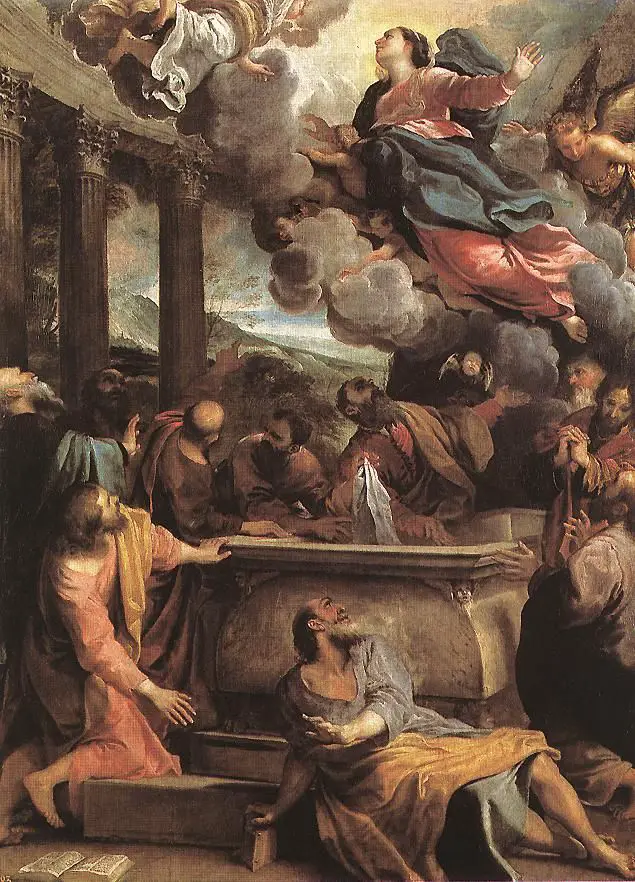
In countries of Protestant origin, such as Holland, Baroque art had less of a religious significance than a commercial one, and was used to draw attention to the great ambitions of merchants and the bourgeoisie.
Within Baroque art, we can find four characteristics that define it: realism, tenebrism, lines and hours; a sense of movement, tension and energy; strong contrasts of light and shade, which highlight the scenographic effects in various sculptures, paintings and architectural works; a great spirituality in the various scenes of martyrdom, ecstasy and miraculous apparitions. Undoubtedly, Baroque art, with its individualism, immediacy and intensity, became one of the most established styles of Western art, marking a before and after within this artistic current.
Byzantine
Byzantine art developed in the 15th century in the city of Constantinople, capital of the Eastern Roman Empire, the most important artistic centre of the period, with an artistic expression deeply rooted in the Hellenistic and Oriental universe, which gave continuity to early Christian art.
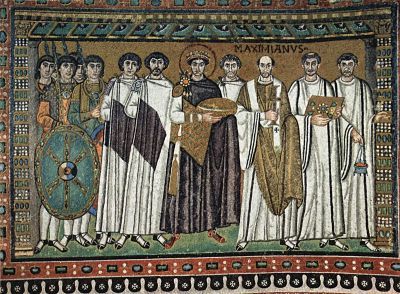
It is divided into three periods: the Golden Age, the Iconoclastic Period and the Second Golden Age. Its characteristics include the fact that it is an art closely linked to religion, a synthesis of Hellenistic and Oriental traditions that arrived by various routes, mainly from Persia.
The most important buildings are dedicated to worship, where a strong Christian influence predominates in the paintings, sculptures and mosaics, with images alluding to the God of Majesty, the glorification of Christ, the Virgin and the Apostles. This was done in order to graphically depict biblical events. Byzantine painting includes frescoes, miniatures and icons.
Muslim
Muslim art or Islamic art originated in the Arabian Peninsula in the year 650, it is an art that has been influenced by different cultures, it is extremely religious, like that of the Jews, Muslim art is based on the prohibition of the representation of the human figure, which makes the architecture stand out from other arts, the mosques and palaces stand out from other constructions that are low, the domes stand out, for support they use pillars and columns decorated with geometric figures.
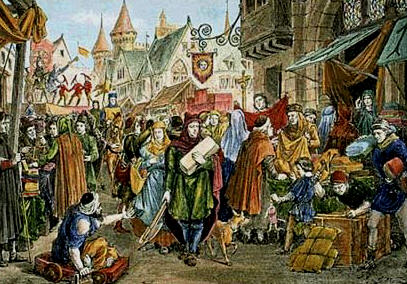
The decoration is dominated by black lines, geometric motifs, simple and bright colours. One of the most frequently used themes is epigraphy with themes from the Qur’an.
Romanesque
Romanesque art developed gradually and simultaneously in Spain, France, Italy and Germany between the 11th, 12th and 13th centuries. It is an artistic movement with certain characteristics that can be identified in sculpture, architecture and painting, such as a specific language with coherence and meaning that was applied to all artistic manifestations.

Romanesque art was the first major Christian and European style to unite the various styles that had already existed at the beginning of the Middle Ages, such as Romanesque, pre-Romanesque, Arabic, Byzantine and Germanic.
Romanesque art was essentially the result of a series of political and social changes in Europe, such as the arrival of Christianity in Europe, the beginning of the Spanish Reconquest, the appearance and spread of the Romance languages, the expansion and building boom due to urban expansion and pilgrimages, and the arrival of the royal dynasty of the Capets on the French throne.
Romanesque art depicted scenes from everyday life with religious themes based on three fundamental laws:
- Functional law: art must be experienced and lived, it must have a function.
- Symbolic law: its forms are interpreted and used according to their purpose: churches have high vaults to “perfectly fulfil their spiritual function”.
- Law of the material: The material is considered as an element in itself and not as a medium: it has meaning, beauty, it allows plans to be adapted and worked in innovative ways.
Different materials were used, such as porous stone, bone, terracotta, volcanic rock and basalt, which were considered poor materials, marble was also used, especially in sculptures, buildings and monuments, stone, wood and the use of a new and revolutionary construction method, concrete, stands out.
In terms of form, Romanesque art is characterised by the fact that the works depict everyday life in a conventional, realistic, schematic way, and in terms of colour, they are characterised by the fact that they are polychrome, using an infinite variety of colours that give depth to the meanings.
Romanesque sculpture is closely linked to architecture. It is mainly dedicated to biblical doctrines, made in stone, wood and other materials, but it can also be seen in fantastic animals, scenes from the life of Christ, war scenes or scenes from everyday life.
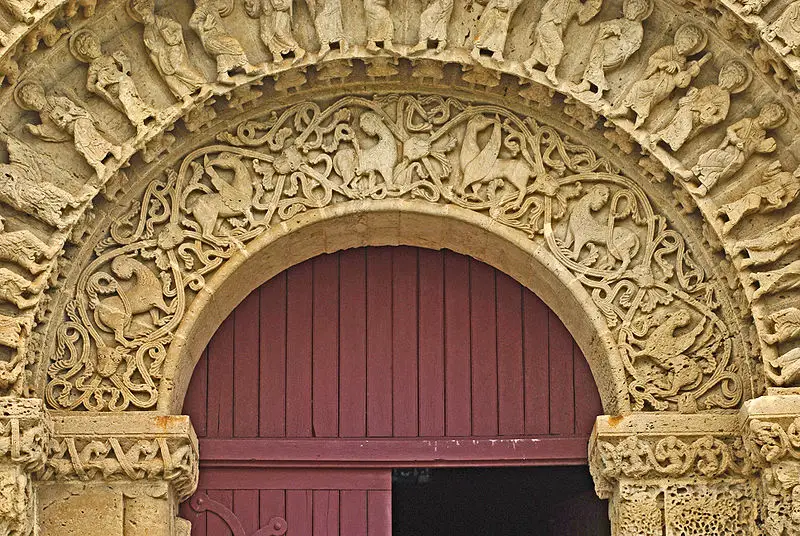
The most outstanding sculptures are the Greek-influenced portraits, which emphasise flaws rather than beauty, and the very large reliefs, which depict various significant events or sequences of such events.
His paintings show a strong Byzantine influence, as well as Visigothic and Carolingian, and his scenes generally depict biblical images. Among the Romanesque works of art, we can highlight, to name a few, the Colosseum, the Pantheon of Agrippa, the Battle of Isso (mosaic), the Arch of Constantine, the Black Gate in Trier and the Romanesque Arch of Constantine in Trier.
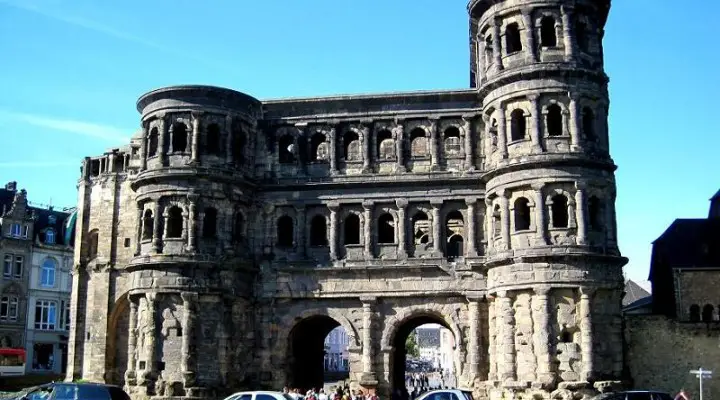
The main manifestation of Romanesque art is architecture, characterised by characteristic columns with prismatic cores, buttresses in the walls supporting vaults and roofs, round arches, domes on trumpets, decorative friezes and the inclusion of sculptures, to name but a few.

